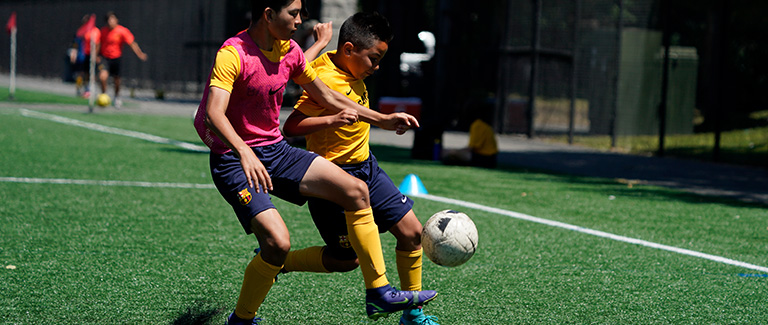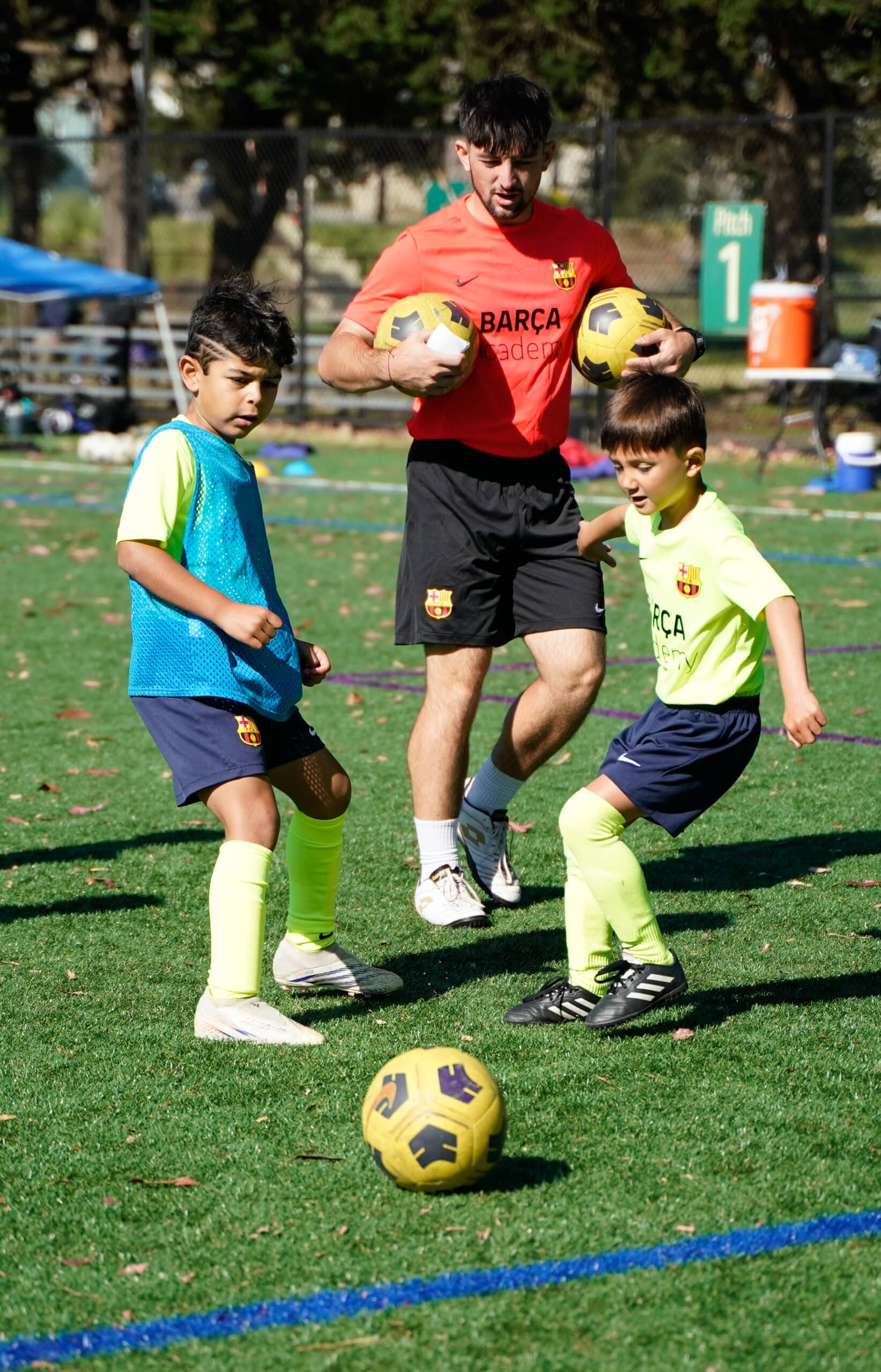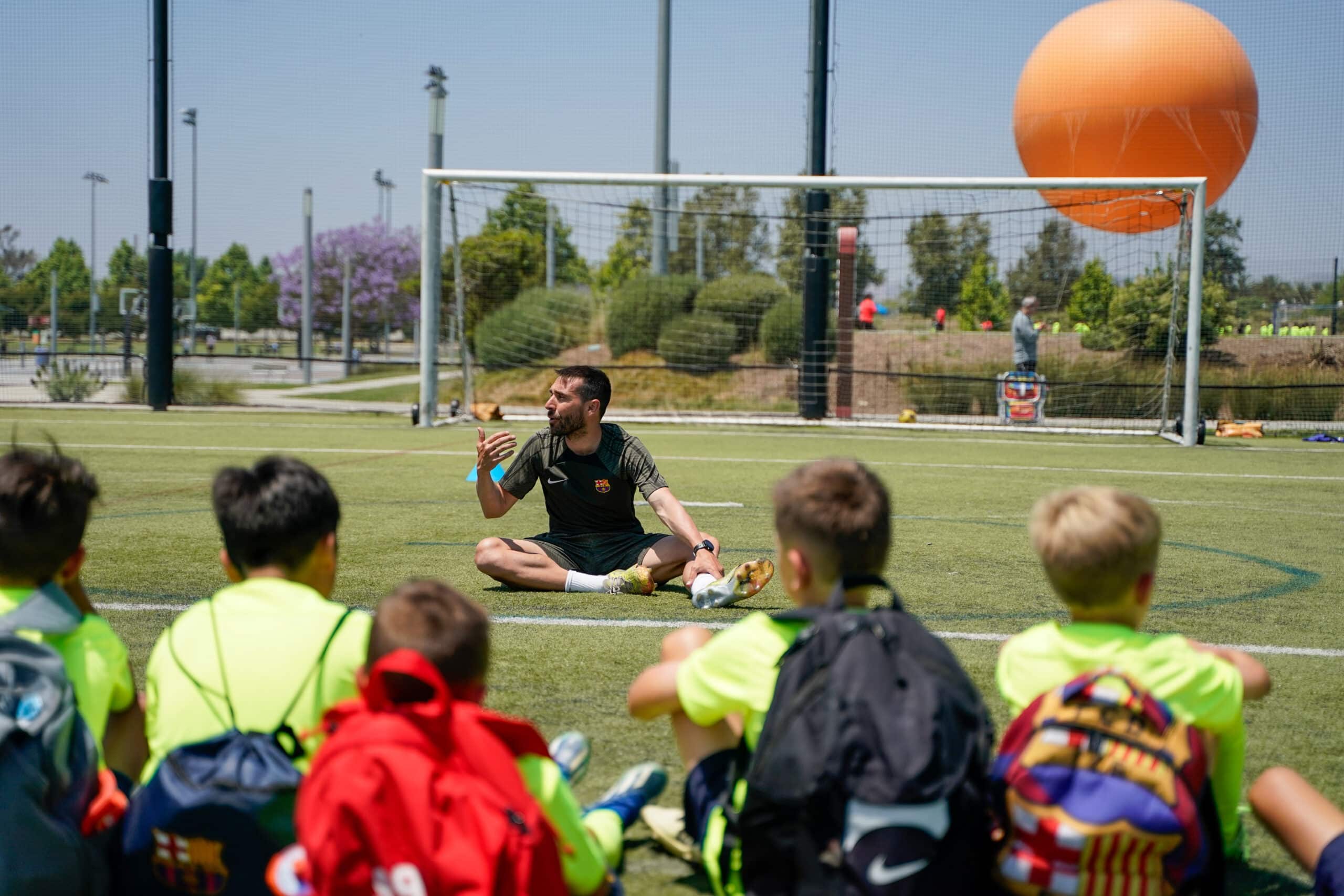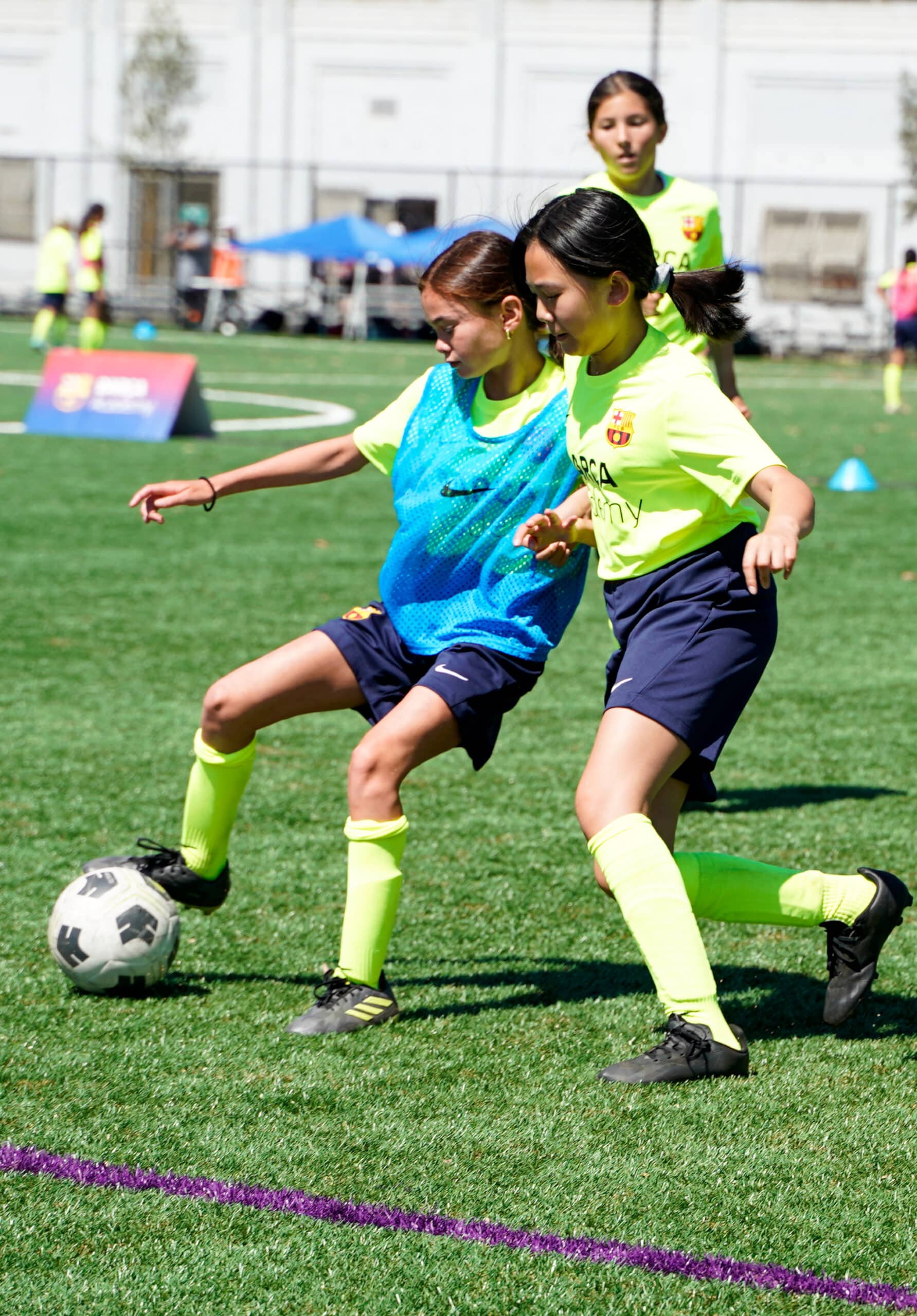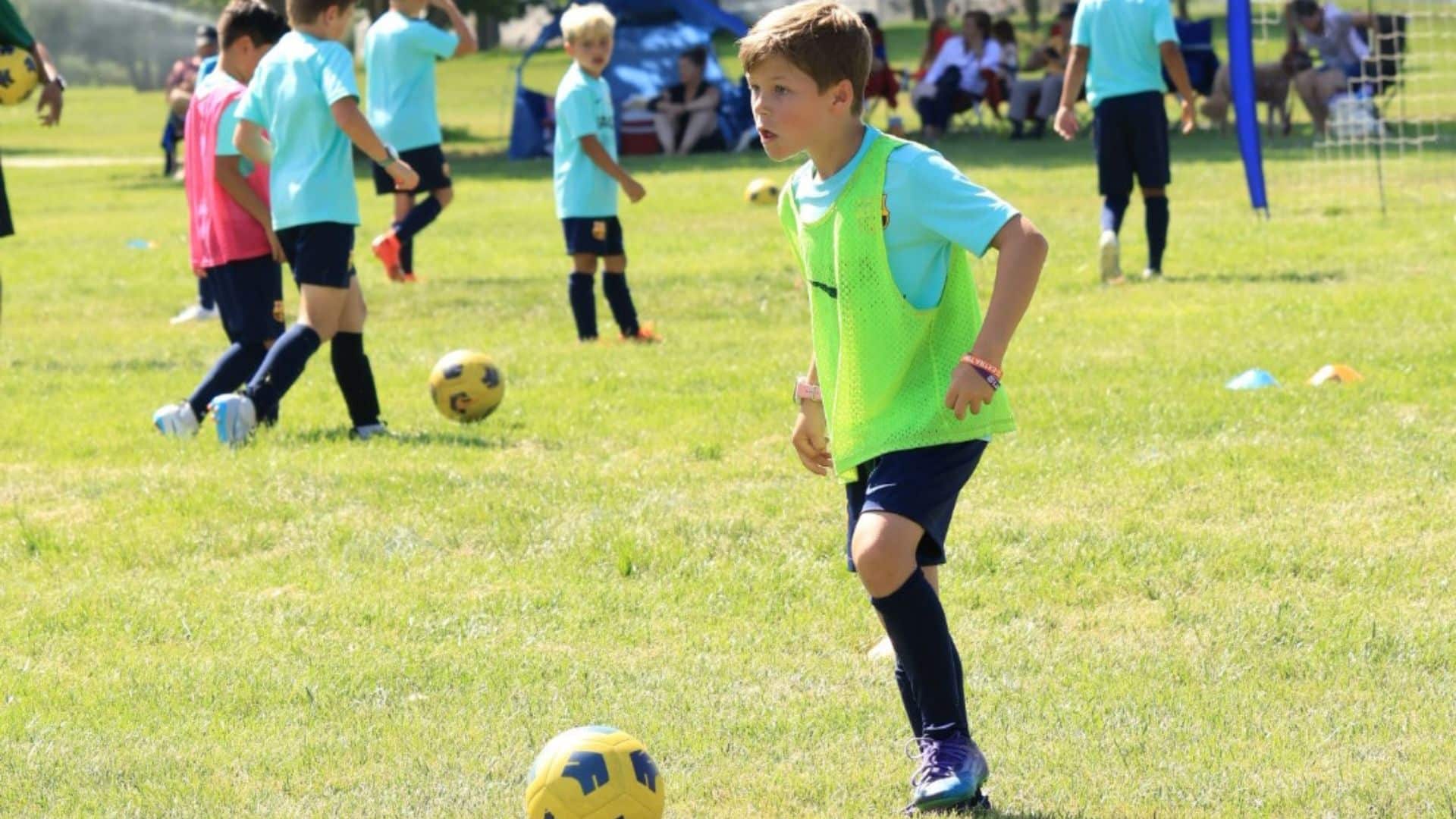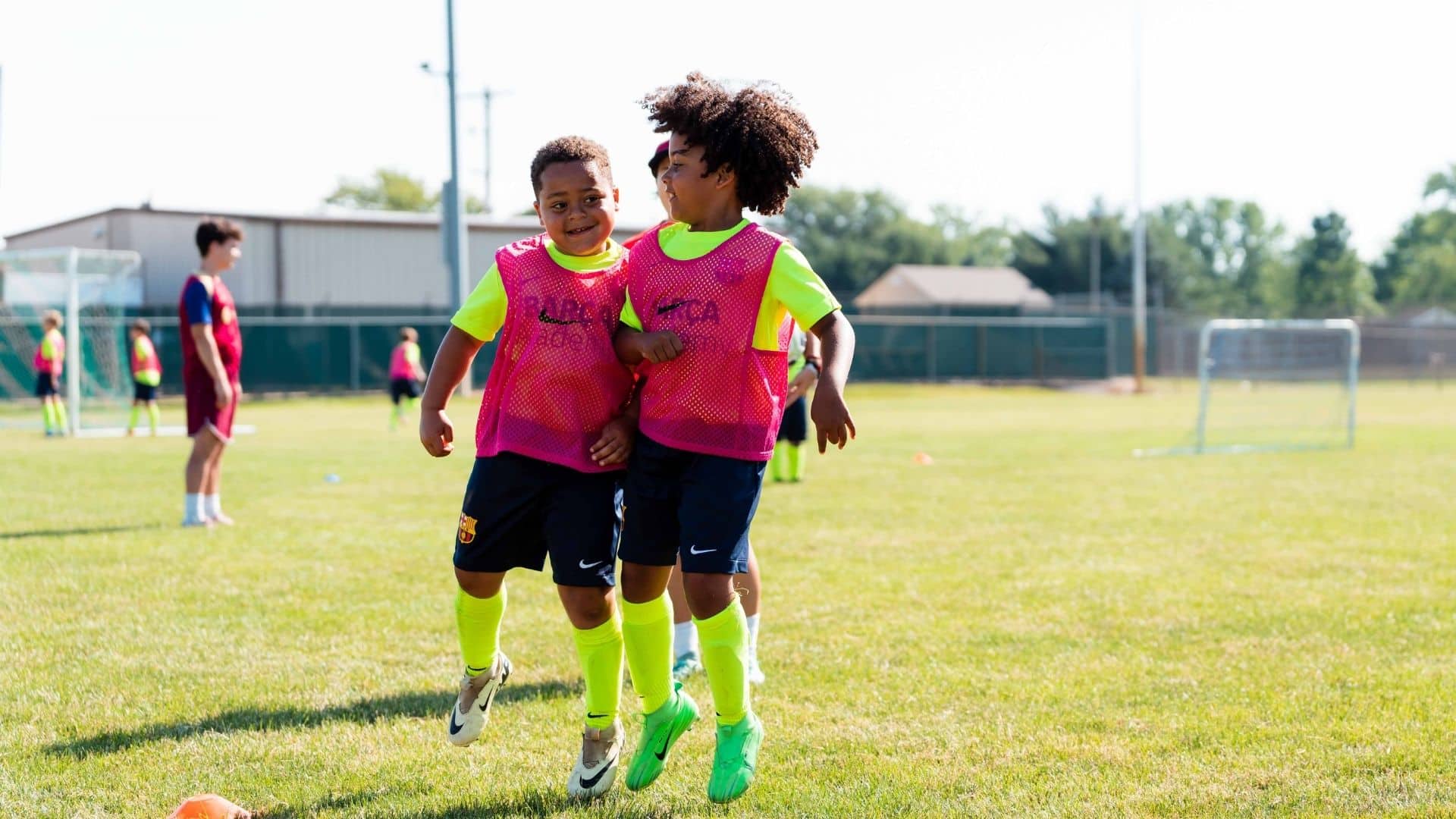Tackling
Tackling is a fundamental skill for any soccer player, and it’s especially important for defenders. A good tackle can prevent the opposing team from scoring and can turn the momentum of the game in your team’s favor. There are several types of tackles, including the slide tackle, standing tackle, and block tackle.
1. The slide tackle is one of the most effective tackles, but it’s also the most risky. It involves sliding in with your foot to take the ball away from the opponent. A mistimed slide tackle can result in a foul or even a red card, so it’s important to practice this technique and time it correctly.
2. The standing tackle is another popular tackle, and it involves using your body to block the opponent’s path and take the ball away. This is a safer option than the slide tackle, but it requires good timing and positioning.
3. The block tackle is similar to the standing tackle, but it involves using your feet to block the ball and take it away from the opponent. This is a great option for when the opponent is running with the ball, and it requires good anticipation and footwork.
Marking
Marking is the art of staying close to your opponent and preventing them from getting the ball. This is an important skill for defenders, and it involves being aware of your opponent’s movements and positioning yourself accordingly. There are several types of marking, including man-to-man marking, zonal marking, and combination marking.
Man-to-man marking involves assigning a defender to mark a specific opponent throughout the game. This is a popular option for defenders and requires good communication and awareness.
Zonal marking involves dividing the field into different zones and assigning defenders to cover specific areas. This is a great option for defending set pieces, and it requires good coordination and communication.
Combination marking is a combination of man-to-man and zonal marking. It involves assigning defenders to cover specific zones, but also allowing them to mark opponents if they enter their zone. This is a flexible option and requires good communication and teamwork.
Defending
Defending is more than just tackling and marking, it involves being aware of your surroundings and preventing the opposing team from scoring. This requires good communication, anticipation, and teamwork. There are several techniques that defenders can use to defend effectively, including blocking shots, intercepting passes, and clearing the ball.
Blocking shots involves getting in the way of the ball to prevent it from reaching the goal. This requires good positioning and bravery.
Intercepting passes involves anticipating where the ball is going and intercepting it before it reaches the intended target. This requires good awareness and anticipation.
Clearing the ball involves getting the ball out of danger and away from the goal. This requires good technique and decision-making.

FAQS
Q1. Why is soccer defense important?
A1. Soccer defense is important because it prevents the opposing team from scoring and helps to maintain a strong defense. Defenders are the backbone of the team and their job is to prevent the opposing team from scoring goals.
Q2. What are the types of tackles used in soccer defense?
A2. There are several types of tackles used in soccer defense including the slide tackle, standing tackle, and block tackle. The slide tackle is the most effective but also the most risky, while the standing tackle and block tackle require good timing and positioning.
Q3. What is marking in soccer defense?
A3. Marking is the art of staying close to your opponent and preventing them from getting the ball. There are several types of marking including man-to-man marking, zonal marking, and combination marking.
Q4. What are some techniques used in soccer defense?
A4. Some techniques used in soccer defense include blocking shots, intercepting passes, and clearing the ball. These require good positioning, awareness, and decision-making.
Q5. How can I become a better defender in soccer?
A5. To become a better defender in soccer, you should practice your tackling, marking, and defending skills regularly. You should also communicate with your teammates, anticipate your opponent’s movements, and stay focused throughout the game. Additionally, seek feedback from your coach or other experienced players to help identify areas for improvement.
Conclusion
Becoming a defensive powerhouse requires practice, patience, and dedication. By mastering the skills of tackling, marking, and defending, you can keep your opponents at bay and help your team win games. Remember to communicate with your teammates, anticipate your opponent’s movements, and never give up. With these skills and a strong team behind you, you can become a formidable defender and help lead your team to victory, whether it’s at Barça Academy or any other competitive field.





